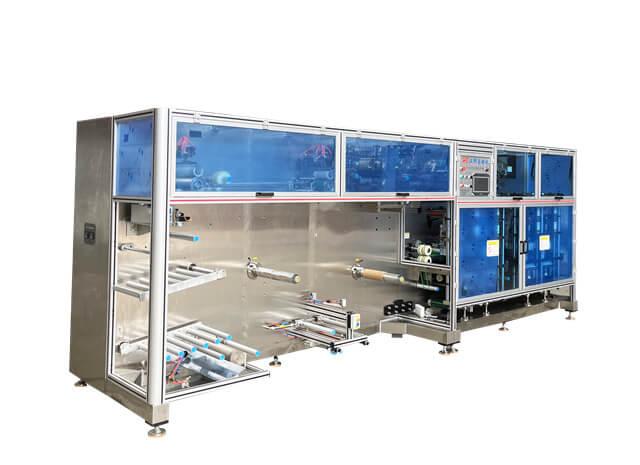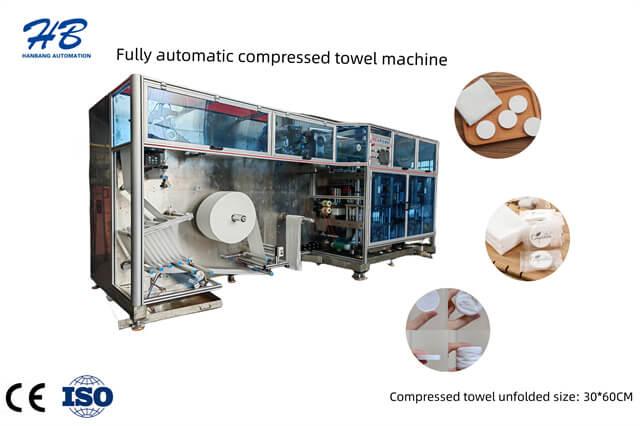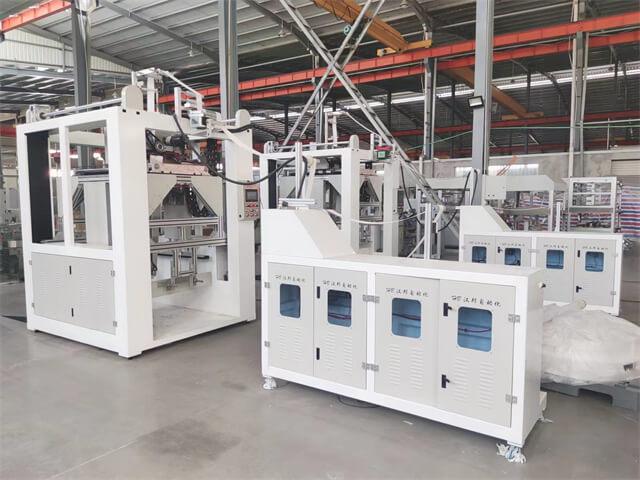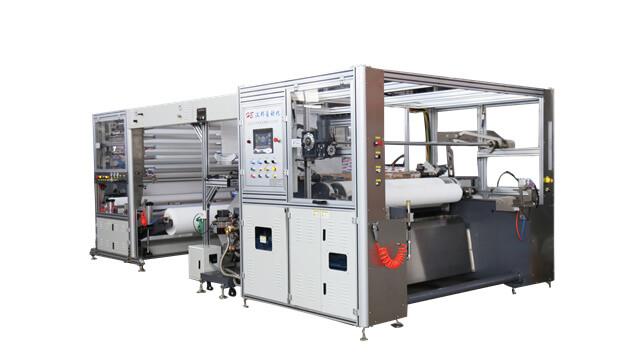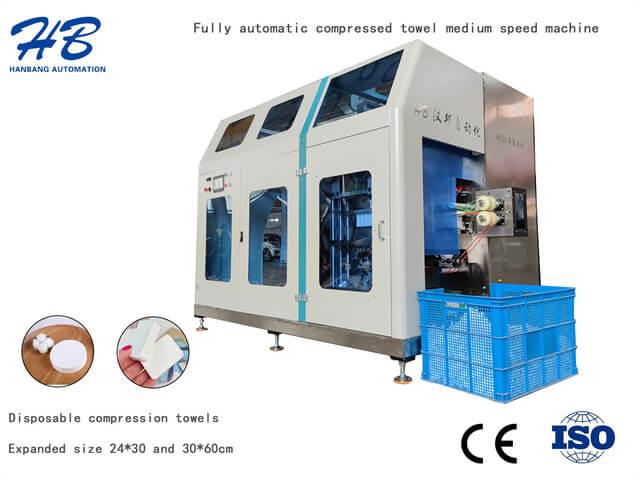Author:HB Nonwoven MachineryFROM:Compressed Towel Machine Manufacturer TIME:2023-11-21
Non-woven fabric embossing machines play a crucial role in the production of hygiene products such as diapers and sanitary napkins. These machines are designed to create patterns and textures on non-woven fabrics, enhancing their absorption and overall performance. To ensure the longevity and efficiency of these machines, proper maintenance and care are essential. In this article, we will discuss some tips for maintaining and caring for non-woven fabric embossing machines.
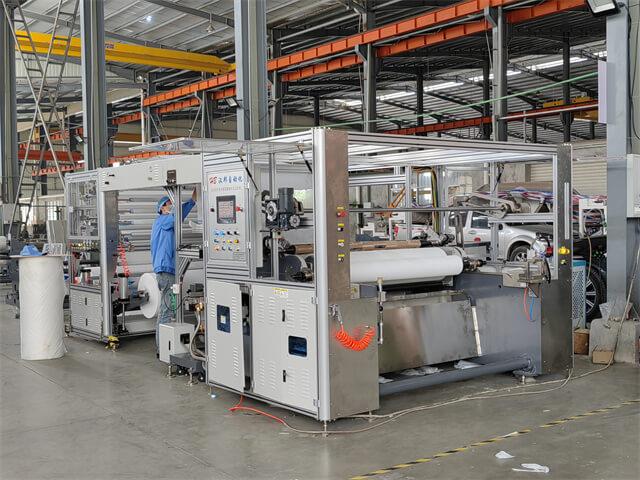
Regular cleaning is crucial for optimal performance and longevity of non-woven fabric embossing machines. Dust, debris, and residue from the embossing process can accumulate over time and affect the machine's efficiency. It is recommended to clean the machine daily, using a soft cloth or brush to remove any dirt or debris from the embossing rollers, plates, and other components. Avoid using harsh chemicals that may damage the machine.
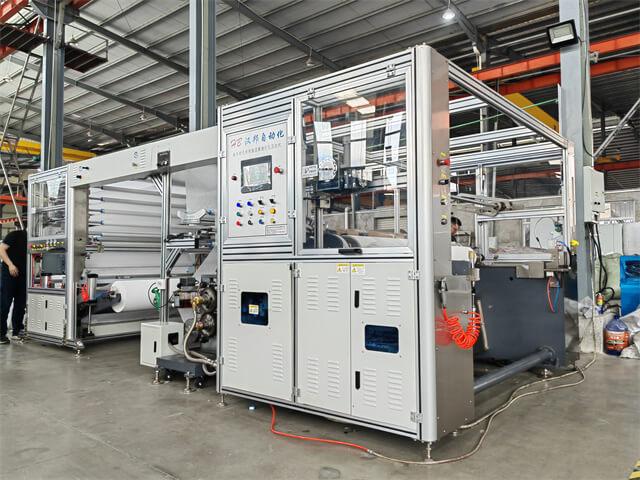
Proper lubrication is essential for smooth operation and reduced friction in non-woven fabric embossing machines. Lubricate the moving parts and bearings regularly using manufacturer-recommended lubricants. This will help prevent wear and tear, reduce heat generation, and extend the machine's lifespan. Check the oil levels frequently and refill as necessary.
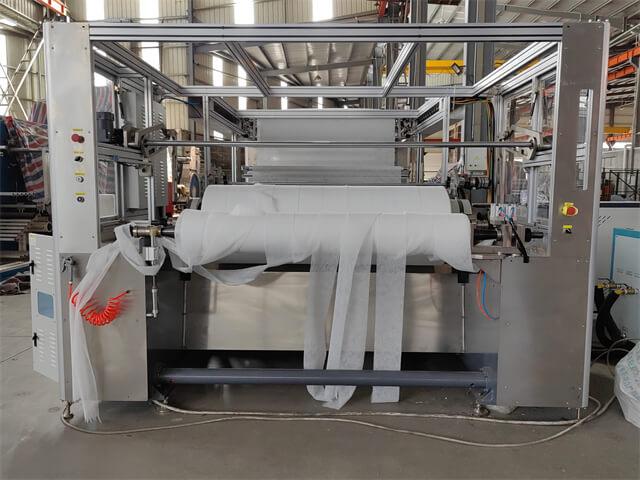
Regular inspection and maintenance are crucial for identifying any potential issues or damage to the non-woven fabric embossing machine. Inspect all the components, including rollers, heating elements, belts, and control panels, for any signs of wear, damage, or loose connections. Replace or repair any faulty parts immediately to avoid further damage and disruption to the production process.
Calibration is an essential maintenance task for non-woven fabric embossing machines. Over time, the machine's settings and alignment may get out of sync, leading to subpar embossing results. Regularly calibrate the machine according to the manufacturer's instructions to ensure precise and consistent embossing patterns and designs.
Proper temperature control is crucial for achieving desired embossing results and preventing damage to the non-woven fabric. Monitor and maintain the temperature settings within the recommended range specified by the manufacturer. Avoid excessive heating or cooling, as this can affect the quality of embossing and potentially damage the machine.
Provide comprehensive training to machine operators on the proper operation, maintenance, and troubleshooting of non-woven fabric embossing machines. This will help prevent operator errors and ensure that the machine is used correctly and efficiently. Well-trained operators will also be able to identify any potential issues and take appropriate actions promptly.
Over time, certain parts of the non-woven fabric embossing machine may wear out and require replacement. Keep track of the machine's usage and replace wear parts such as embossing rollers, belts, and heating elements as needed. Regularly inspect these parts for signs of wear and tear and replace them before they lead to further damage or production issues.
Maintain detailed documentation and records of all maintenance activities, including cleaning schedules, lubrication, inspections, calibration, and part replacements. This will help track the machine's performance, identify recurring issues, and plan maintenance activities effectively. It will also serve as a reference for future troubleshooting and machine upgrades.
Proper maintenance and care are essential for ensuring the longevity, efficiency, and optimal performance of non-woven fabric embossing machines. Regular cleaning, lubrication, inspection, calibration, temperature control, operator training, replacement of wear parts, and documentation are all key aspects to consider. By following these tips, manufacturers can maximize the lifespan of their embossing machines and produce high-quality hygiene products consistently.
